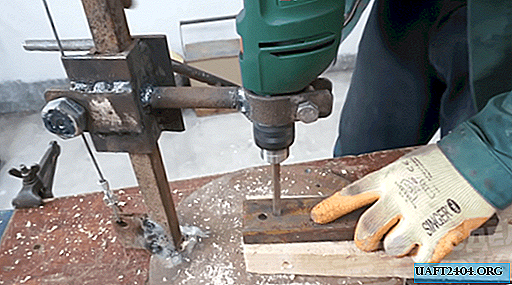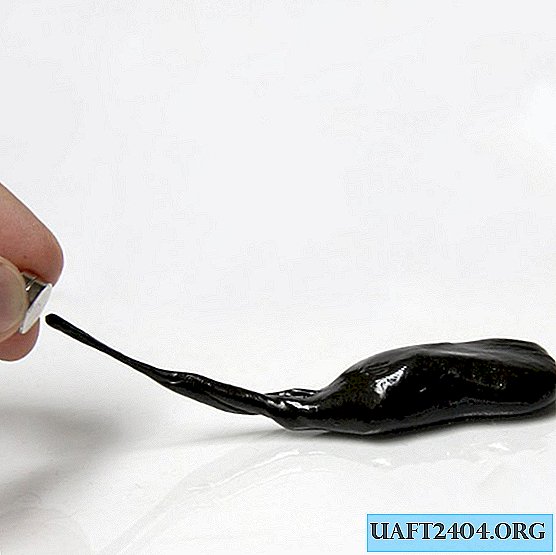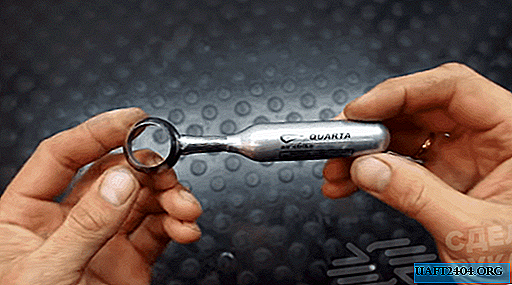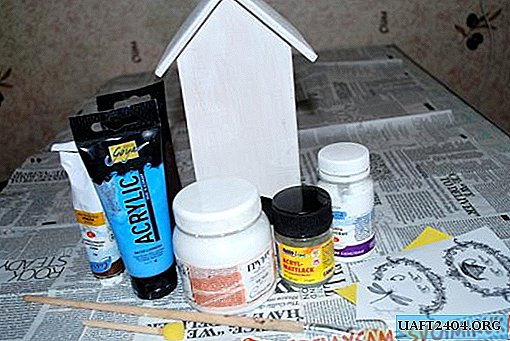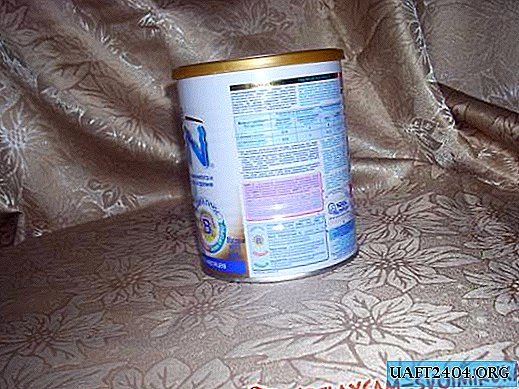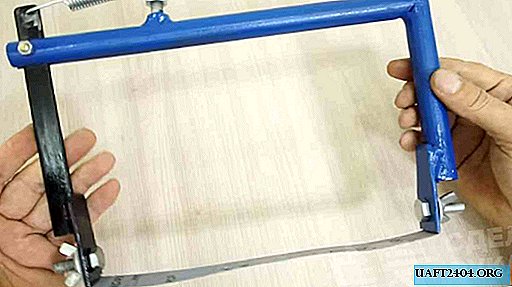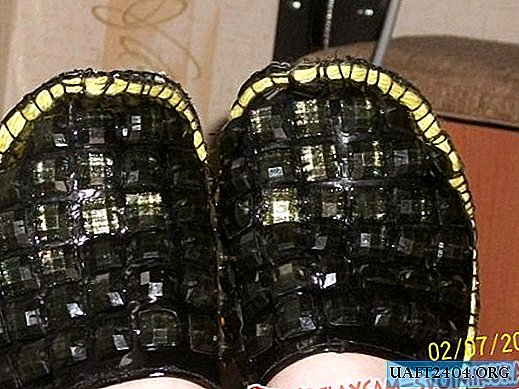Share
Pin
Tweet
Send
Share
Send
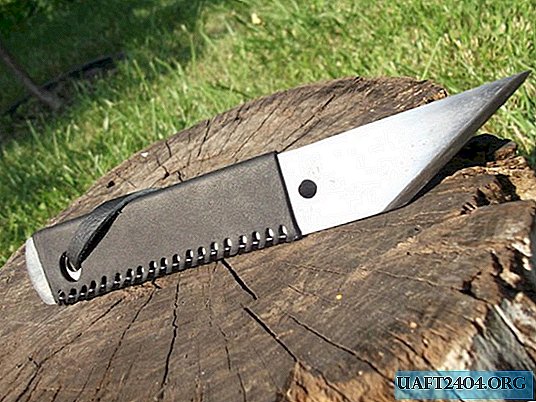
Today I will tell you how to make a new handle for an old knife, if the native handle fell apart. I had a pair of shoe knives, one of which had a cracked handle and split into two halves.


Leather grip making
I decided to make a new handle for him, or rather a cover, using leather from the top of old boots.

Having estimated the size of the knife, one tongue was just enough for the plan. Gently ripped it off and cut it around the edges so that you could wrap the knife plate.


Advice! In order not to cut myself while working, I pasted the cutting edge of the knife with masking tape, but you can use something else.

The next step is to measure the required length of the handle and trim the leather blank.

Hole preparation
The most important step is preparing and making holes, and a lot of them will be required.
There was a hole at the end of the plate. I decided to leave it and use it later for threading the loop. He noted the centers of the holes on the future handle and punched them with a suitable punch in diameter.



Now, at an equal interval, you need to mark the holes along the edges of the leather blank so that it can be stitched. I used a simple improvised device: I used a rubber band to connect a pencil and a white gel core so that the marks on black skin were clearly visible. It turned out to be noted quickly and accurately.


After marking on both sides, I carefully make holes with a punch.


Someone may say that this is unnecessary, you could just pierce the holes with an awl and stitch the skin. But, firstly, it is even and neat, and secondly, such round holes are more tear resistant. In addition, for sewing, I decided not to use harsh threads, but a slightly different material.

Now you need to wet the skin in slightly warm water so that it becomes more elastic and stretches a little. At the same time, markings previously applied can be washed off. After drying, it will sit down and tightly clasp a knife blade.
Note! To prevent the blade from rusting, I lightly greased it with engine oil.

Lacing
Until the skin was dry, I immediately started lacing. To do this, I fixed the workpiece in a vice. As a "lace" used a thin strip cut from a plastic bottle. Lacing did the usual, but you can experiment with the material of the lace and the type of lacing. At the end of the lacing, the knot did not do it, but simply hid the ends under a leather case, slightly lubricating them with rubber glue so that they did not protrude.




The edges of the plastic tape are a bit sharp, and the lacing itself is rough to the touch. Therefore, heat treatment is needed to fix this problem. The best option is to use a building hair dryer or other heating equipment. But, unfortunately, I do not have this, so I used hot (not boiling water) water.

After holding the knife in hot water for about 10 minutes, I took it out with tongs and laid it in the sun to dry it.

When the skin began to dry out, I processed it with a special mastic for the care of leather products. She softened the skin, making it elastic, after which the cover lay even better on the handle.


The final touch is a leather loop cut from the remains of the material. The loop perfectly complements the leather handle, and I will also use it to hang the knife on the hook.


The handle lies well in the hand, the lacing does not cut fingers, provides a pleasant roughness of contact. The only drawback of such a cover is that you need to ensure that water does not flow under it, otherwise the knife will begin to rust.



Original article in English
Share
Pin
Tweet
Send
Share
Send

